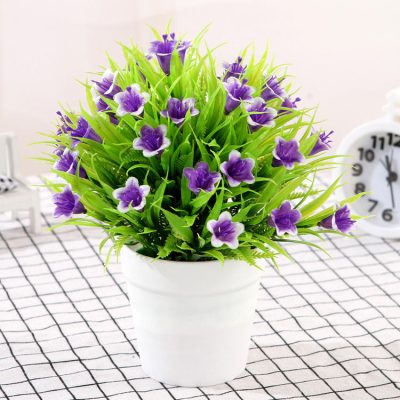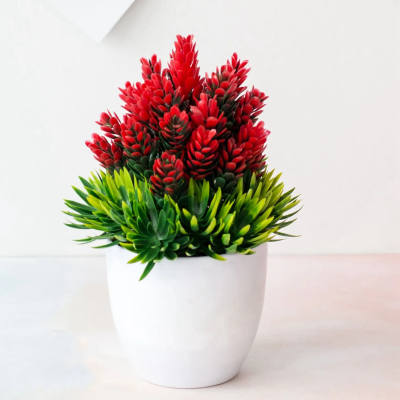Plastic pots are a popular choice for container gardening due to their affordability, durability, and versatility. Here is a comprehensive guide to help you choose the right plastic pots for your plants:
- Size: Consider the size of your plants and their root systems. Choose a pot that allows enough room for the roots to grow and spread. Small plants typically require pots with a diameter of 4-6 inches, while larger plants may need pots with diameters of 8 inches or more.
- Drainage: Proper drainage is essential to prevent waterlogged soil and root rot. Look for pots with drainage holes at the bottom. If the pot doesn’t have drainage holes, ensure you can easily create them. Some plastic pots come with punch-out holes that can be easily removed.
- Material: Plastic pots are typically made of polypropylene or high-density polyethylene (HDPE). Both materials are lightweight, durable, and resistant to cracking or breaking. HDPE pots are generally more rigid and sturdier than polypropylene pots.
- Thickness: Consider the thickness of the plastic pots. Thicker pots tend to retain moisture better and provide more insulation for the roots. Thinner pots may be more susceptible to temperature fluctuations. However, thicker pots can also be heavier and may take up more space.
- Color: Plastic pots come in various colors. Dark-colored pots absorb more heat, which can be beneficial for plants that prefer warmer conditions. Light-colored pots reflect more sunlight and may be a better choice for plants that require cooler temperatures.
- Shape: Plastic pots are available in different shapes, including round, square, rectangular, and tapered. Choose a shape that suits your plant’s growth habit and aesthetic preferences. Keep in mind that deeper pots are generally better for plants with long taproots, while shallow pots are suitable for plants with fibrous root systems.
- Special Features: Some plastic pots come with additional features to enhance plant growth. For example, pots with self-watering systems have reservoirs that provide water to the plants as needed. Air pruning pots have special designs that encourage root pruning, preventing root circling and promoting healthier root growth.
- Recycled and Sustainable Options: Consider using recycled plastic pots or pots made from sustainable materials if eco-friendliness is a priority for you. Look for pots made from recycled plastics or bio-based materials that reduce the environmental impact.
- Budget: Plastic pots are generally more affordable compared to other types of containers. Consider your budget and choose pots that fit within your price range.
Remember to select pots that are appropriate for the specific needs of your plants, such as size, drainage, and environmental conditions. Regularly inspect the pots for any signs of wear or damage and replace them if necessary. With the right plastic pots, you can provide a suitable home for your plants and promote their healthy growth.








